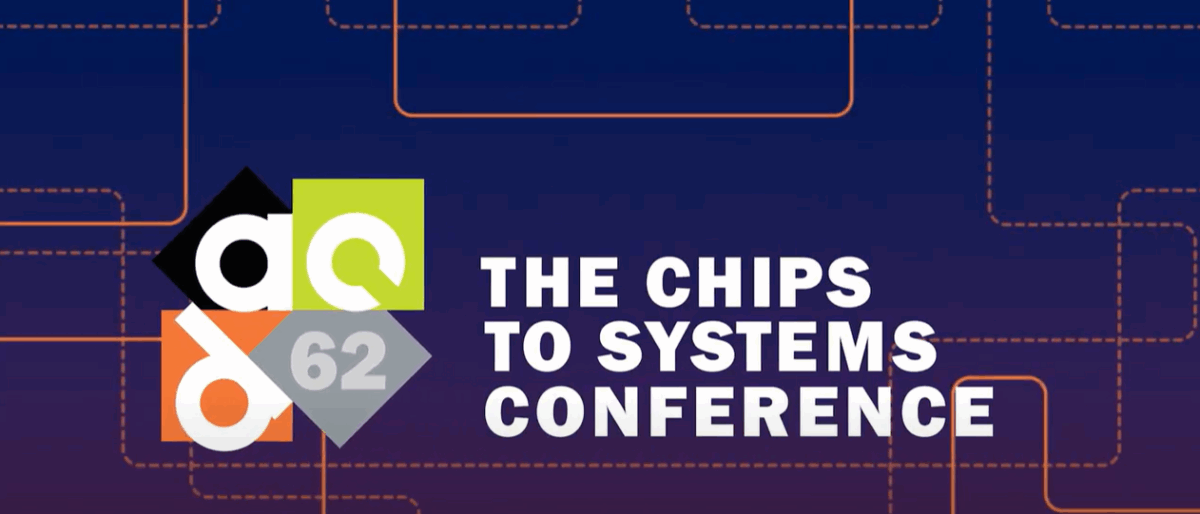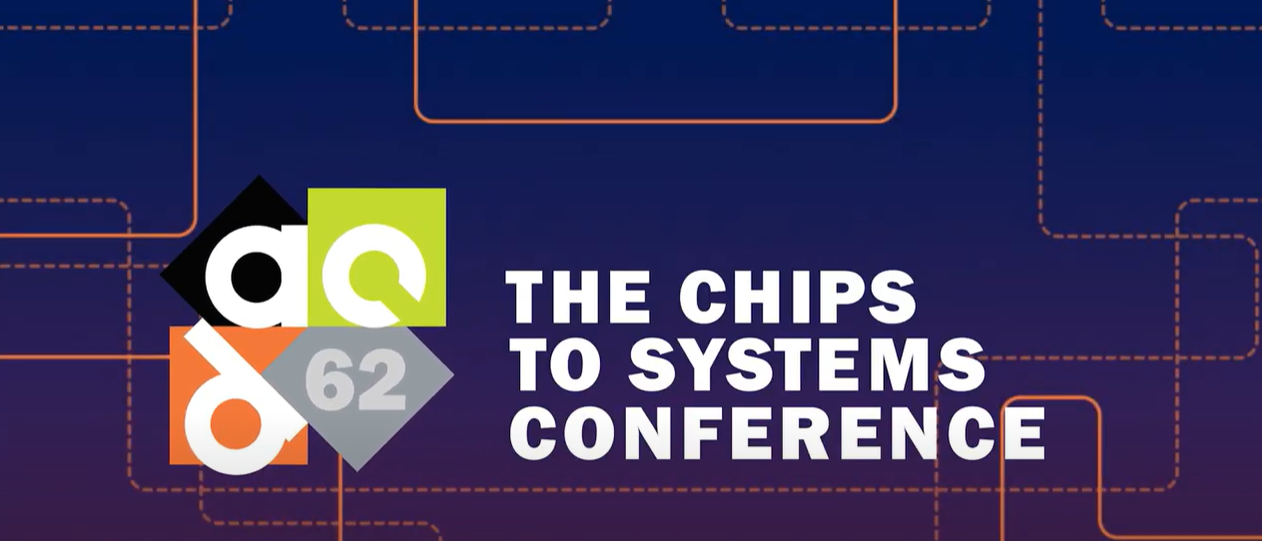
In a keynote by Michaela Blott, AMD Senior Fellow, at the 62nd Design Automation Conference (DAC) on July 8, 2025, explored the trends shaping the AI revolution, emphasizing inference efficiency and hardware customization. While acknowledging AMD’s efforts in scaling GPUs and achieving energy efficiency goals (30x by 2025, with new targets for 2030), the speaker focused on emerging industry dynamics, offering food for thought for the DAC community rather than specific solutions.
The talk began with a disclaimer on AI’s diverse viewpoints. As an empirical science, AI lacks fundamental understanding; researchers run experiments, observe patterns, and derive scaling laws. The information bandwidth from AI research overwhelms individuals, leading to reliance on trusted experts and resulting in polarized beliefs. This is evident in debates over Artificial General Intelligence (AGI). “Bulls” argue AGI is achievable through scaling models with more compute and data, driven by competitive fears. “Bears” counter that scaling alone is insufficient, citing diminishing returns and the need for breakthroughs in reasoning and planning.
A key shift highlighted was from training to inference. Training, centralized in data centers, focuses on model creation, but inference—deploying models for real-world use—is distributed and power-intensive. The speaker noted that generating a single AI response consumes energy equivalent to a cup of water, underscoring sustainability concerns. With inference dominating AI workloads (90% by some estimates), efficiency optimizations are crucial for widespread adoption.
Algorithmic advancements offer promise. Quantization reduces precision (e.g., from FP32 to INT8), cutting power and memory needs while maintaining accuracy through quantization-aware training. New architectures like RecurrentGemma and Mamba use recurrent neural networks, achieving efficiency gains—RecurrentGemma matches transformer performance with 40% less memory. Mixture of Experts (MoE) models activate subsets of parameters, enabling trillion-parameter models with billion-parameter efficiency. Emerging techniques, such as test-time scaling and synthetic data generation, further enhance capabilities without proportional resource increases.
Hardware customization presents a “humongous opportunity.” The speaker advocated for domain-specific accelerators, moving beyond general-purpose GPUs. Tools like AMD’s Vitis AI ecosystem, including Brevitas for quantization training and BrainSmith for deployment, enable end-to-end flows. An example demonstrated quantizing a YOLOv8 model for edge devices, achieving real-time performance on low-power hardware. Customization exploits data types, sparsity, and architecture tweaks, potentially yielding 10-100x efficiency gains.
The DAC community’s role is pivotal. As AI disrupts industries—from automotive sensors to medical diagnostics—inference optimizations will drive revenue-generating deployments. The speaker stressed that superhuman AI on specific tasks is already here, without needing AGI. Design automation is more critical than ever, with AI integration necessary for agility amid rapid innovation.
In summary, the AI revolution hinges on addressing inference inefficiencies through algorithmic and hardware advancements. The DAC audience was urged to focus on customization tooling and AI-augmented design flows. As AI becomes pervasive, solving these challenges will unlock transformative applications, ensuring sustainable, scalable intelligence.
Also Read:
AI Evolution and EDA’s Role in the Fourth Wave: William Chappell’s DAC Keynote
AI-Driven ECAD Library Creation: Streamlining Semiconductor Design
Modern Data Management: Overcoming Bottlenecks in Semiconductor Engineering
Share this post via:








Quantum Computing Technologies and Challenges